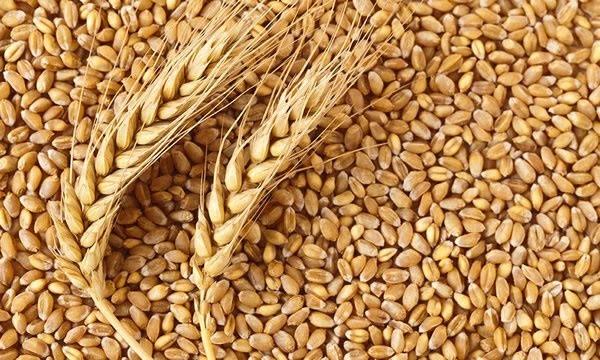The federal government is targeting 6 million metric tonnes of wheat production by the year 2032, using a roadmap contain in the national wheat strategy document for self-sufficiency.
The first ever wheat strategic document (2022-2032) which undergone validation yesterday by stakeholders in Abuja was developed with the overall goal to reduce wheat import by sustainably raising output and competitiveness of local production for enhanced food security.
With surport from the African Development Bank (AfDB), at least 250,000 hectares of wheat will be put under cultivation in clusters of 100 to 200 hectares during the 2022 dry season farming.
The document revealed a strategy that will promote a sustainable wheat production system through increased productivity from 3.0t/ha to 6.0t/ha and production from 71,000 tons to 6.0million metric tons by 2032 and to address a developmental approach that represents research based and inclusive extension services.
The plan also targets share of domestic self sufficiency increased from 5 percent to 50 percent while it covers strategy to reduce wheat post harvest loss from the baseline 30 percent to 15 percent.
With the new strategy, the income of wheat farmers on the other hands, is expected to increase from baseline N300,000/ha to N600,000/ha with number of beneficiary farmers increased from baseline of 100, 000 to 600,000.
The documents also highlighted prioritise thematic area of focus base on wheat research and development, seed system, mechanisation, production and productivity, extension service and training, improve access to credit and use of financial system as well as marketing, processing and product utilisation.
Chief agro-industry officer, AfDB, Engr Tabi Karikari said the plan with surport from the bank and other stakeholders is anticipated the provision of seed, inputs, mechanisation and extension services using the innovation platforms.
“At least 250,000 Ha will be put under cultivation, in clusters of 100 to 200 Ha, this was the game changer in Ethiopia and Sudan and we look forward to it being replicated in Nigeria”, Karikari added.
The minister of Agriculture and Rural Development, Dr Mohammed Mahmood Abubakar in his keynote address said achieving wheat sufficiency is realistic with the strategy.
The minister added that the Central Bank of Nigeria (CBN) statistical report that Nigeria imported Six Billion Dollars ($6billion) worth of Wheat from 2016 to 2020 was worrisome and unsustainable for a crop that could be produced locally to meet our national demand.
He said , ” We cannot have agencies of agricullture that are working parallel to one another or working in silos as it will be duplication of time, money and energy. And i know where to go to bring everybody to work together so that the resources we are deploying can be used judiciously.
I wish to appeal to the honourable minister of Water Resources to partner with us in the area of releasing water as at when due during the growing period of wheat to ensure that our dream of boosting wheat production becomes a reality”.
Presenting the document to stakeholders, Dr Oluwasina Gbenga Olabanji, former executive director, Lake Chad Research Institute said the strategy will ensure that key outcomes go beyond growth and development of the wheat value chain sector to include enhanced capacity of government, multi-lateral institutions and increased representation for women and youth and improved resilience to climate variability and shocks.











